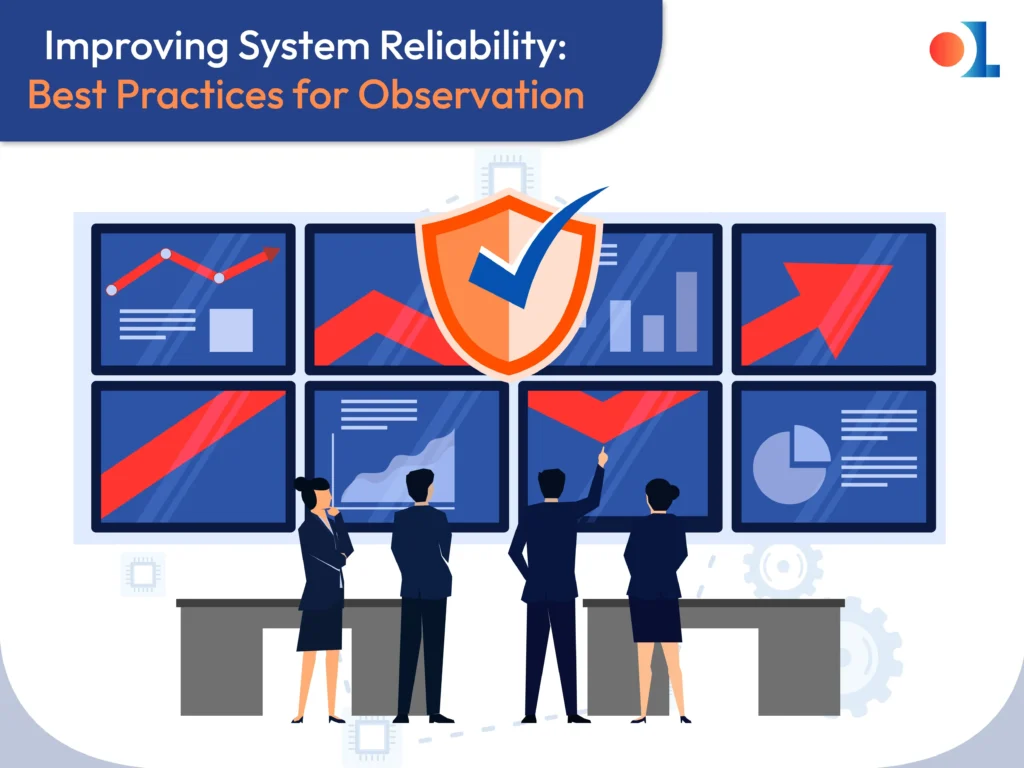You may be clever at controlling problems arising in other people’s codes, but your creation is another matter. Observability serves as a telescopically updated list of malfunctions that can be booked with just one click; periodic faults, for example, might develop into chronic problems.
Here we will focus on improving system reliability, the fundamentals, and some real-world cases to demonstrate their use. Consider this your partner for guaranteeing that the program runs in an unwrinkled state, benefits all its users, deals with difficulties simultaneously, and is, therefore, seamless for every user.
Basic ideas of powerful observability
Logs document occurrences; metrics mirror how things work, while strains display how the whole lot moves. Think of them as your trusted companions on a digital journey, each playing a unique role in your software development’s grand story.
These companions stand by your side and inform the story of your software adventure, from small details to essential performance statistics, ensuring deep knowledge and powerful problem-fixing for a thriving digital community.
Enhancing System Reliability Through Observability
System reliability is critical for ensuring seamless operations and maintaining user trust. By leveraging observability, organizations can proactively identify and address potential issues before they escalate into significant problems.
Observability provides real-time insights into system behavior, helping teams monitor performance, detect anomalies, and implement corrective actions efficiently. Prioritizing these practices not only boosts system reliability but also minimizes downtime and enhances the overall user experience.
Understanding the codes
Processing Information
Using the same language
This should be clarified.
The same goes for your software.
We want developers, operators, and testers to communicate seamlessly with each other. It’s as if everyone speaks the same language, resulting in a collaborative environment where ideas flow freely, and problem-solving becomes a team effort. This language uniformity keeps your software city devices running smoothly, enabling teamwork and shared understanding across all roles, resulting in a superior software experience.
Using modern observability tools
For example, a DevOps team might apply observability to find a problem, work together to fix it and improve your product. For those who share thrifty habits, let’s talk about saving money. It’s similar to dealing with a knotty problem area such as a district’s finances. We can often create value (or, as it might be, vital insights) without much money outlay. A balance between the two ensures that cost-effective observability is powerful.
Discussion of new ideas in observability
◈ Let’s look to the future. Consider AI-driven insights and predictive analytics the superheroes of the future. They work similarly to software fortune tellers. These superheroes can foresee problems before they happen. It’s not just about identifying problems; it’s about preventing them. Discover how observability enhances modern applications.
◈ In real life, imagine these AI heroes detecting traffic jams. The team intervenes before the situation becomes chaotic and makes improvements that save time and resources.
◈ Observability is more than a buzzword; it is the secret sauce of a happy and problem-free software program network.
◈ You can customize your software and create a seamless virtual experience by adopting fundamental strategies and tweaking the codes.
◈ Real examples display how those easy techniques clear up issues and decorate your product’s performance.
◈ Imagine a world where synthetic intelligence and shrewd guesses are the number one characters.
◈ Observability goes beyond simple upkeep; it’s about developing a reliable, destiny-prepared software application.
◈ Consider a state of affairs wherein problems are diagnosed before they arise – a proactive instead of a reactive method.
◈ The adventure continues, and each development moves your software closer to a brighter, extra-green future.


